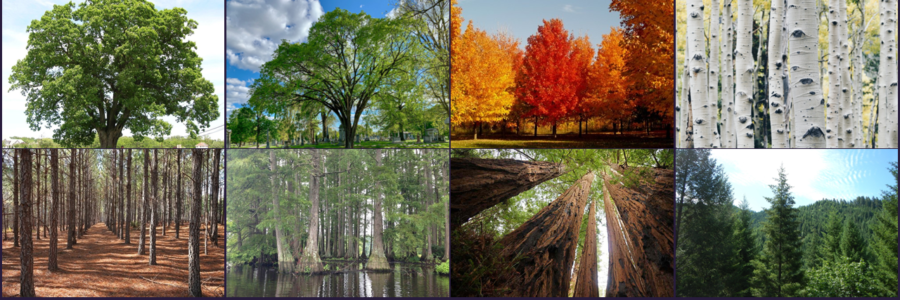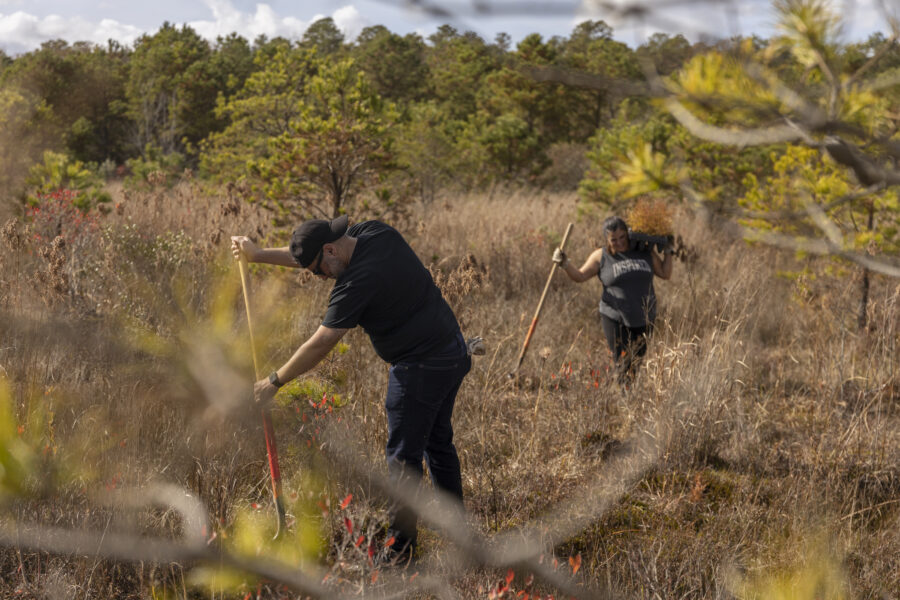by Trey Lord
The recent World Forum on Urban Forestry (WFUF), hosted in Washington, D.C. by, amongst others, 1t.org US stakeholders Arbor Day Foundation and the US Forest Service, was a rousing and informative gathering of some of the top minds shaping urban landscapes across the globe. Urban forests are mostly unseen and unappreciated by the growing populations who search for a shaded parking spot in the summer or grumble about raking leaves in the fall. While by sheer density and expanse, natural forest ecosystems such as the Amazon have a more dense canopy, produce more oxygen and hold more biodiversity, it is the urban forests of our cities and suburbs that have a much bigger role in the day-to-day lives of most of the global population. They provide us the ecosystem services that affect our resilience to all manner of acute environmental challenges including the apathy that will result in the continued destruction of forest ecosystems.
With a robust program of panels and presentations from experts assembled from across the globe – ranging from demonstrations of the proven mental health benefits of time spent near forests to in-depth exploration of how artificial intelligence could be used for urban planning – it is difficult to highlight individual standouts from the week spent at WFUF. However, below are a few key trends and themes at the forum which point to a hopeful future in the field of urban and community forestry in which 1t.org US will look to play a catalytic role:
Integration of Nature-Based Solutions
The forum highlighted the growing trend of integrating nature-based solutions, such as urban forests and green spaces, into urban planning and development strategies. This approach emphasizes the importance of incorporating natural elements into the design and development of cities to improve resilience and sustainability.
Collaborative and Community-Centric Approaches
The emphasis on citizen engagement and community involvement in urban forestry projects and initiatives showcased the trend toward more collaborative and community-centric approaches to urban and community forestry. Encouraging public participation and involvement in decision-making processes can foster a sense of ownership and stewardship among local communities.
Climate Change Mitigation and Adaptation
Discussions on the role of urban forests in mitigating climate change highlighted the trend of recognizing the importance of trees and green spaces in reducing urban heat islands, improving air quality, and enhancing overall environmental resilience. Urban forestry initiatives are increasingly seen as critical components of climate change mitigation and adaptation strategies at the local and global levels.
Innovative Green Infrastructure Solutions
The forum likely underscored the trend toward the adoption of innovative green infrastructure solutions that integrate trees and vegetation with built urban environments. This trend emphasizes the potential of incorporating green roofs, vertical gardens and other nature-based technologies to maximize the benefits of urban forestry and improve the overall sustainability of cities.
Data-Driven Decision-Making
With the growing availability of advanced technologies and data analytics, there is an emerging trend toward leveraging data-driven approaches in urban and community forestry. This trend emphasizes the use of data and technology to assess the impact of urban forestry initiatives, monitor tree health and optimize the planning and management of urban green spaces.
Throughout the week, a common and overarching excitement was shared amongst the urban forests practitioners from the US. With the role out of an historic investment of $1.5 billion in support for urban and community forests from the Inflation Reduction Act (IRA), many of the stakeholders at WFUF have come to the realization that all of the theorizing and strategizing and mapping and planning that had yet to realize an expansive forested urban landscape, had prepared them for this moment. The existing urban canopies and indeed their benefits, are a result of efficient planning, community partnerships, and a lot of luck. However, this has prepared this community to be nimble and frugal, and to maximize investments like those made in the IRA to deliver the best and most sustainable outcomes to the most people now and into the future.



